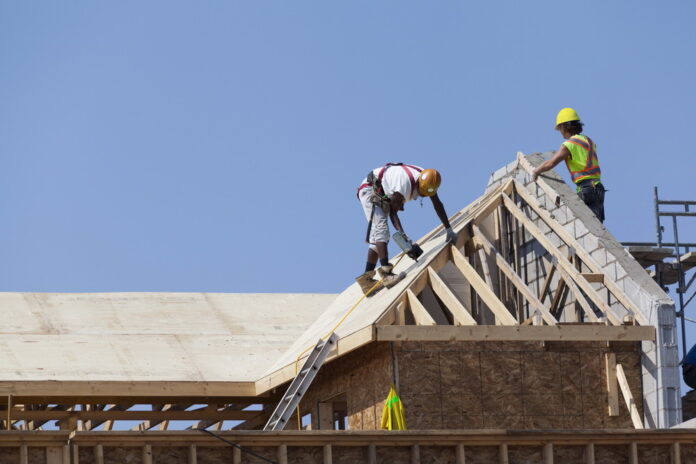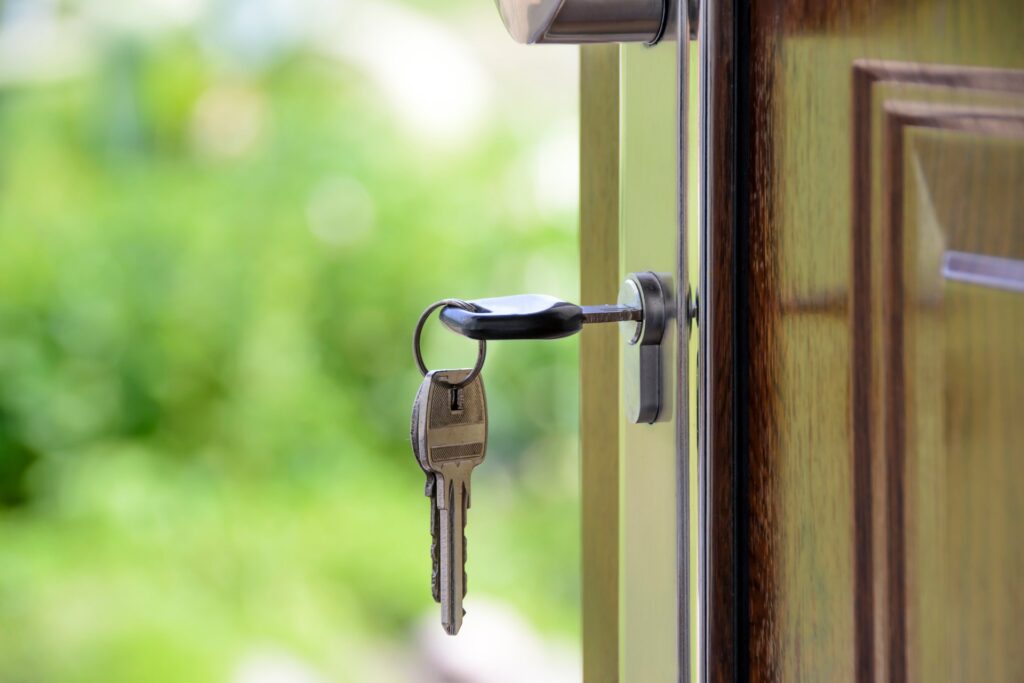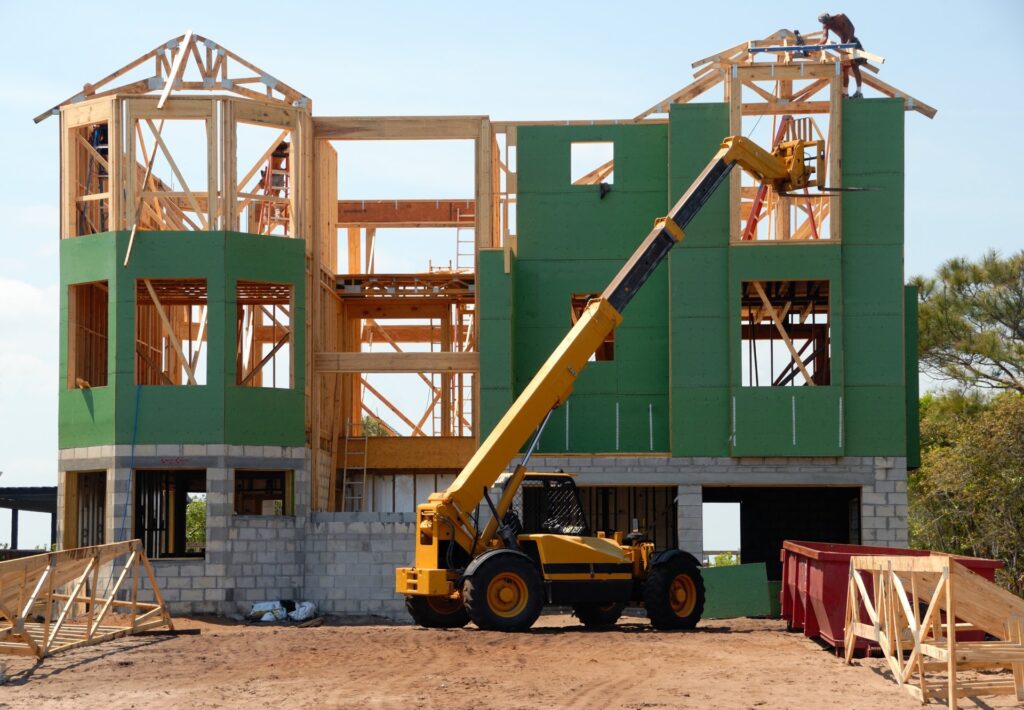
There is a long-standing belief that people move to follow jobs. If there is no work where they live, they are apt to go where they can find work. Yet such a simplistic understanding does not account for the other half the equation: affordable housing. People also have to move to areas in which they can afford to live.
That may explain why El Paso, Texas was recognized as one of the most affordable cities to move to in 2019. At that time, El Paso’s job market was exceptionally strong. The city was in the midst of a building boom as well. A host of new housing developments combined with the employment opportunities created by Fort Bliss made the city incredibly attractive.
According to the El Paso Herald-Post, the median home price in the region at the time was $158,200. The Herald-Post article went so far as to say most of the houses in the region could be afforded with an annual income of $60,000 or less.
In the Eyes of the Beholder

Of course, the city of El Paso took great pride in the recognition they received. And they should have. However, affordability is a lot like beauty; it is in the eyes of the beholder. A median home price of $158,000 may not be affordable if you are earning $20,000 or less.
Then again, other markets boast median home prices in excess of $500,000. You have to be making six figures to own a home in one of those markets. A $60,000 annual income and a home price of $158,000 seems a lot more reasonable when you look at it from the angle of comparing El Paso to other markets.
The one thing the Herald-Post did not mention in its article is what you get for your money in El Paso. Would $158,000 get you a new home with built-in smart features? Would it get you an existing home that needs a lot of upgrades? The article didn’t say.
A companion CNBC article covering the same topic failed to provide that information as well. It is one thing to say that houses are affordable. It is another thing to explain what you actually get for your money. Then again, if you are having to move because you have lost your job, you’re not likely to be too fussy. If you can find a good-paying job and a house in El Paso, you are likely to go.
Housing in a Perfect World

The whole concept of affordable housing immediately brings to mind the idea of needs versus wants. Housing in a perfect world would probably look drastically different than what exists in the real world. Let’s be honest, wouldn’t most of us want a fully smart home if we could afford it?
Who among us doesn’t like the idea of commanding the house to turn the lights on by itself? Who doesn’t like the idea of a smart thermostat that actually learns your daily routine and adjusts itself on the fly? There are so many things we can do with modern smart technology that it seems like a no-brainer.
The problem is, it’s not cheap. Building a smart home from the ground up almost always means accepting a luxury price tag. Builders putting up affordable housing units are not including smart features with them. No, those features are reserved for high-end homes along with in-ground swimming pools, heated garages, and so forth.
Even installing your own smart system after the fact is not cheap either. You can easily pay several hundred dollars for a basic starter kit that includes a hub, a couple of light bulb sockets, and an electrical outlet or two. Throw in extra security equipment and you are looking at a few hundred dollars more.
None of this is inherently bad. Likewise, not being able to afford a smart home doesn’t mean affordable housing doesn’t exist. Again, affordability is in the eyes of the beholder. Better to have a $100,000 not-so-smart home you can afford than a new build with smart features way beyond your budget.
Start Slow, Build Up

Homebuyers who move for both jobs and affordable housing are pretty conscious of their budgets. They are moving because they want better economic opportunities. Some are moving out of necessity. So to jump right into a more expensive house doesn’t make sense.
Since this post is using smart homes as the contrast, it is not necessary to invest a ton in smart features upfront. Homeowners can start slowly and build from there. Even starting with a smart speaker can make a big difference.
A smart speaker and a couple of companion light sockets can instantly give you remote access to your lights at a very affordable price. Go ahead and enjoy that little piece of smart technology until your budget allows you to expand. In the meantime, you will learn to appreciate your smart speaker’s capabilities.
Perhaps you’ll want to add some security features next. Maybe a video doorbell or a surveillance camera that keeps an eye on the front door is in order. Perhaps you would rather purchase a complete DIY security system that integrates with your smart speaker. Vivint says such systems are out there.
Sticking with the Budget

Smart home features represent just one example of what goes into home prices. When you are talking affordability, a buyer on the lower end of the salary scale cannot afford as much as another buyer on the other end. That is just common sense. You have to stick within your budget.
That truth takes us back to the question that started this post: do people move for jobs, affordable housing, or both. It turns out they move for both. They go where they can find economic opportunities. And where those opportunities abound, they hopefully find affordable housing as well.
That housing may not include smart features or luxury amenities. But when you are moving because of budgetary constraints, those extras suddenly do not mean so much.


![How to Design a Tiny Home [Step-by-Step Guide]](https://pmcaonline.org/wp-content/uploads/2024/01/Tiny-Home-Living-Area-218x150.webp)








